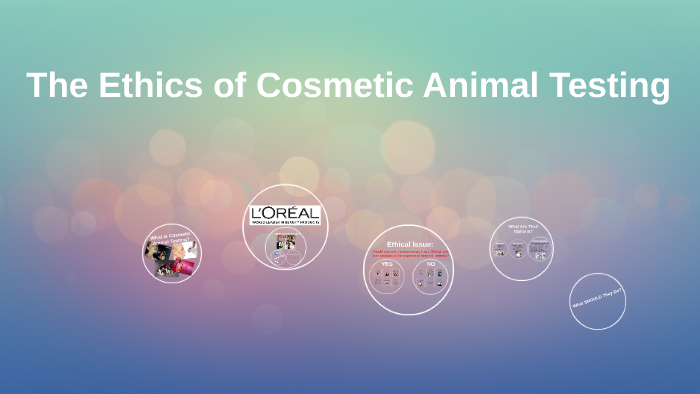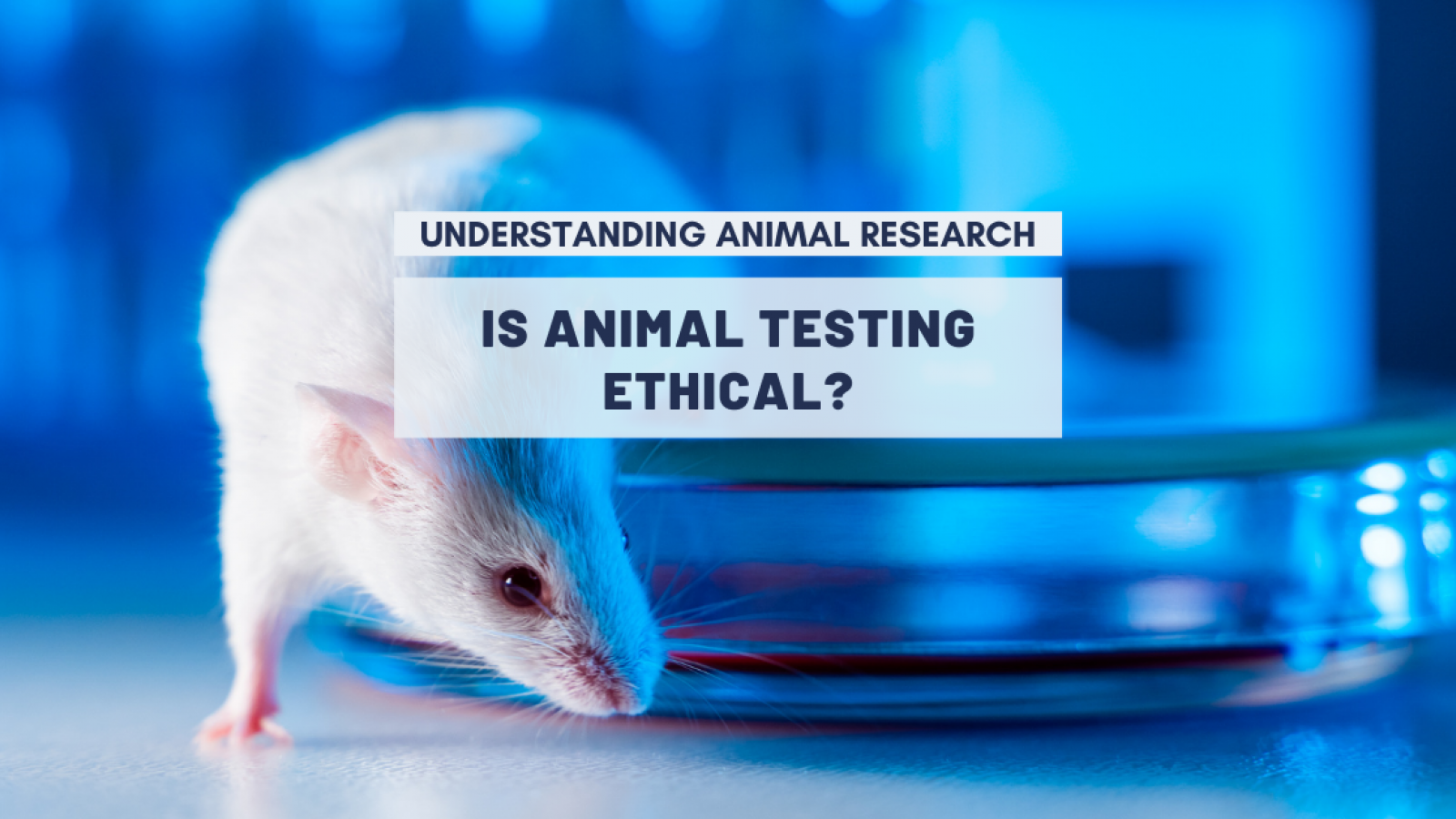The Ethical Landscape Of Animal Testing In Cosmetics: A Comprehensive Overview
The Ethical Landscape of Animal Testing in Cosmetics: A Comprehensive Overview
Related Articles: The Ethical Landscape of Animal Testing in Cosmetics: A Comprehensive Overview
Introduction
With enthusiasm, let’s navigate through the intriguing topic related to The Ethical Landscape of Animal Testing in Cosmetics: A Comprehensive Overview. Let’s weave interesting information and offer fresh perspectives to the readers.
Table of Content
The Ethical Landscape of Animal Testing in Cosmetics: A Comprehensive Overview

The use of animals in cosmetics testing has been a subject of intense debate for decades. While significant progress has been made towards phasing out such practices, a stark reality remains: some companies still conduct animal testing for their products, raising ethical and scientific concerns. This article delves into the intricacies of animal testing in the cosmetics industry, exploring its history, the reasons behind its continued use, and the ongoing efforts to replace it with more humane alternatives.
A Historical Perspective:
The history of animal testing in cosmetics dates back to the early 20th century. With the rise of the modern cosmetics industry, the need to assess product safety on living subjects became apparent. Animals, particularly rabbits, were chosen for their sensitivity to certain chemicals and their relatively low cost. This practice, often involving the use of the Draize test (a method for assessing eye and skin irritation), became a standard industry practice, with little regard for animal welfare.
The Ethical Dilemma:
The ethical implications of animal testing in cosmetics are undeniable. The use of animals in research raises questions about their inherent rights and the morality of subjecting them to potentially painful and stressful procedures. Critics argue that animals are sentient beings capable of experiencing pain and suffering, and their use in testing is fundamentally wrong. Furthermore, the scientific validity of animal testing in predicting human responses to cosmetics has been questioned, as animal models may not accurately reflect human physiology and reactions.
The Rise of Alternatives:
Over the past few decades, a growing movement has emerged to replace animal testing with more ethical and scientifically sound alternatives. These methods, known as "in vitro" or "non-animal" testing, utilize human cell cultures, computer simulations, and other advanced technologies to assess the safety and efficacy of cosmetics without harming animals.
Why Animal Testing Persists:
Despite the availability of alternatives, some companies continue to conduct animal testing for various reasons:
- Regulatory Requirements: Some countries, such as China, still mandate animal testing for certain cosmetic ingredients and finished products. This presents a significant challenge for companies seeking to sell their products globally.
- Lack of Trust in Alternatives: Some companies and regulatory bodies may lack full confidence in the reliability and accuracy of alternative methods.
- Cost and Time Considerations: Developing and validating alternative methods can be time-consuming and expensive, particularly for smaller companies with limited resources.
- Historical Practices: Some companies may be reluctant to change long-established practices and may not fully understand the ethical and scientific advancements in animal-free testing.
The Global Landscape:
The landscape of animal testing in cosmetics varies significantly across the globe. While many countries, including the European Union, have banned or severely restricted animal testing for cosmetics, others, such as China, still require it. This creates a complex situation for multinational companies, often forcing them to navigate conflicting regulatory requirements.
The Role of Consumers:
Consumers play a crucial role in driving change in the cosmetics industry. By choosing products from companies that are committed to animal-free testing and by advocating for ethical practices, consumers can influence industry practices and accelerate the transition to a cruelty-free future.
FAQs on Animal Testing in Cosmetics:
1. How can I identify if a product is cruelty-free?
Look for certifications like the Leaping Bunny, Cruelty-Free International, or PETA’s Cruelty-Free and Vegan logos. These organizations independently verify that companies do not test their products or ingredients on animals.
2. Is it legal to test cosmetics on animals in all countries?
No, the legality of animal testing for cosmetics varies across countries. While the European Union has banned it, China still requires it for certain products.
3. Is animal testing for cosmetics always necessary?
No, there are numerous alternative methods available for assessing the safety and efficacy of cosmetics without harming animals.
4. Why should I care about animal testing in cosmetics?
Animal testing raises ethical concerns about animal welfare and the morality of subjecting animals to potentially painful and stressful procedures.
5. What can I do to help end animal testing in cosmetics?
Support companies that are committed to animal-free testing, advocate for legislation that bans animal testing, and educate others about the issue.
Tips for Choosing Cruelty-Free Cosmetics:
- Check for Certifications: Look for logos from reputable cruelty-free organizations.
- Read Product Labels: Pay attention to ingredients and manufacturing information.
- Research Companies: Investigate a company’s policies and practices regarding animal testing.
- Support Cruelty-Free Brands: Choose products from companies that are transparent about their commitment to animal welfare.
Conclusion:
The issue of animal testing in cosmetics remains a complex and multifaceted one. While significant progress has been made towards phasing out this practice, the ethical and scientific challenges remain. Consumers have a powerful role to play in driving change by demanding cruelty-free products and supporting companies that are committed to animal welfare. By embracing ethical practices and promoting innovation in animal-free testing, the cosmetics industry can move towards a future where beauty is synonymous with compassion.


/GettyImages-1316412895-c10088ce59774d329891a246daa68dda.jpg)





Closure
Thus, we hope this article has provided valuable insights into The Ethical Landscape of Animal Testing in Cosmetics: A Comprehensive Overview. We thank you for taking the time to read this article. See you in our next article!
You may also like
Recent Posts
- The Art Of Persuasion: A Comprehensive Guide To Makeup Product Label Design
- A Comprehensive Look At Mary Kay Cosmetics: Reviews, Insights, And Considerations
- Affordable Skin Care: A Guide To Effective Products Under INR 100
- Navigating The World Of Mary Kay Discounted Products: A Comprehensive Guide
- The Power Of High-Resolution Images: A Guide To Acquiring The Best Visuals For Your Projects
- The Power Of Reviews: Navigating The World Of Makeup Products
- Swiss Beauty Makeup: A Comprehensive Guide To Quality And Affordability
- Embracing Natural Beauty: Makeup Tips And Techniques For Women Over 50
Leave a Reply